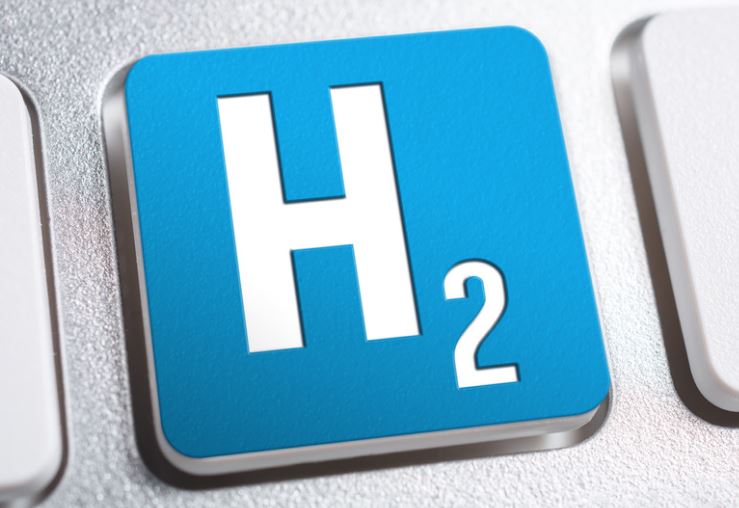Scientists have achieved a groundbreaking advancement in green hydrogen production through a novel electrode, the W-NiFeS/WC (W-doped nickel-iron sulfide/Wood-based carbon) electrode.
This new electrode shows exceptional performance in seawater electrolysis, a process that splits seawater into hydrogen and oxygen using electricity, paving the way for sustainable energy.
The research, published in Science Bulletin, addresses the challenges of seawater electrolysis, emphasizing the potential of utilizing wood waste in electrochemical devices.
Seawater electrolysis is a promising method for reducing carbon emissions in the energy sector, offering an abundant source of clean hydrogen fuel. However, challenges such as anode corrosion, unwanted side reactions, and expensive catalysts have limited its adoption.
The W-NiFeS/WC electrode addresses these issues effectively. It shows superior activity and stability in the key reactions required for seawater electrolysis: the oxygen evolution reaction (OER) and the hydrogen evolution reaction (HER). Its performance is attributed to its unique structure and chemistry, derived from wood-waste carbon, which provides a large surface area for reactions and efficient charge transfer. Densely anchored W-NiFeS nanoparticles further enhance its capabilities.
Researchers noted that wood-based carbon (WC) structures are ideal substrates for these active materials due to their hierarchical porous nature and excellent conductivity. Adding tungsten to the catalyst improves anti-corrosion properties and stability, ensuring durability in seawater.
Self-Healing and Efficient Catalysis
During the oxygen evolution reaction, the electrode undergoes structural changes that form anti-corrosive materials on its surface, enhancing its stability. Zhijie Chen, the study’s first author, explained that this evolution generates anti-corrosive tungstate and sulfate species on the surface of active Ni/Fe oxyhydroxides. Additionally, the self-evolved W-NiFeS decorated NiFeOOH can efficiently catalyze the hydrogen evolution reaction (HER), supporting hydrogen production.
The W-NiFeS/WC electrode is not only effective but also cost-efficient to produce, making it suitable for large-scale seawater electrolysis applications. This could significantly reduce the cost of green hydrogen, making it a competitive alternative to fossil fuels. The research highlights the importance of a circular economy, demonstrating that turning wood waste into valuable catalysts provides a sustainable solution for clean energy production.
